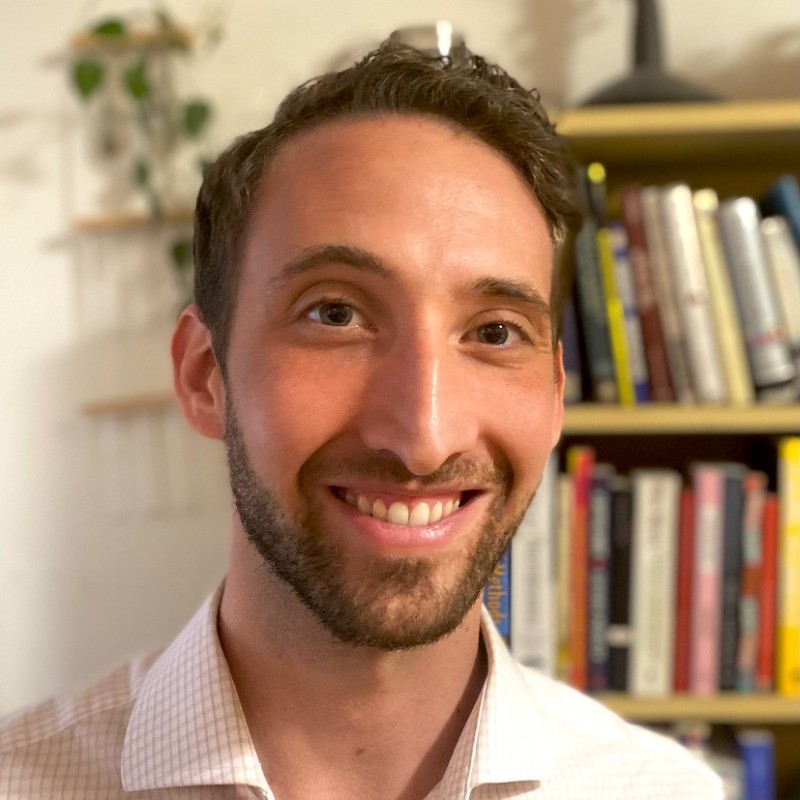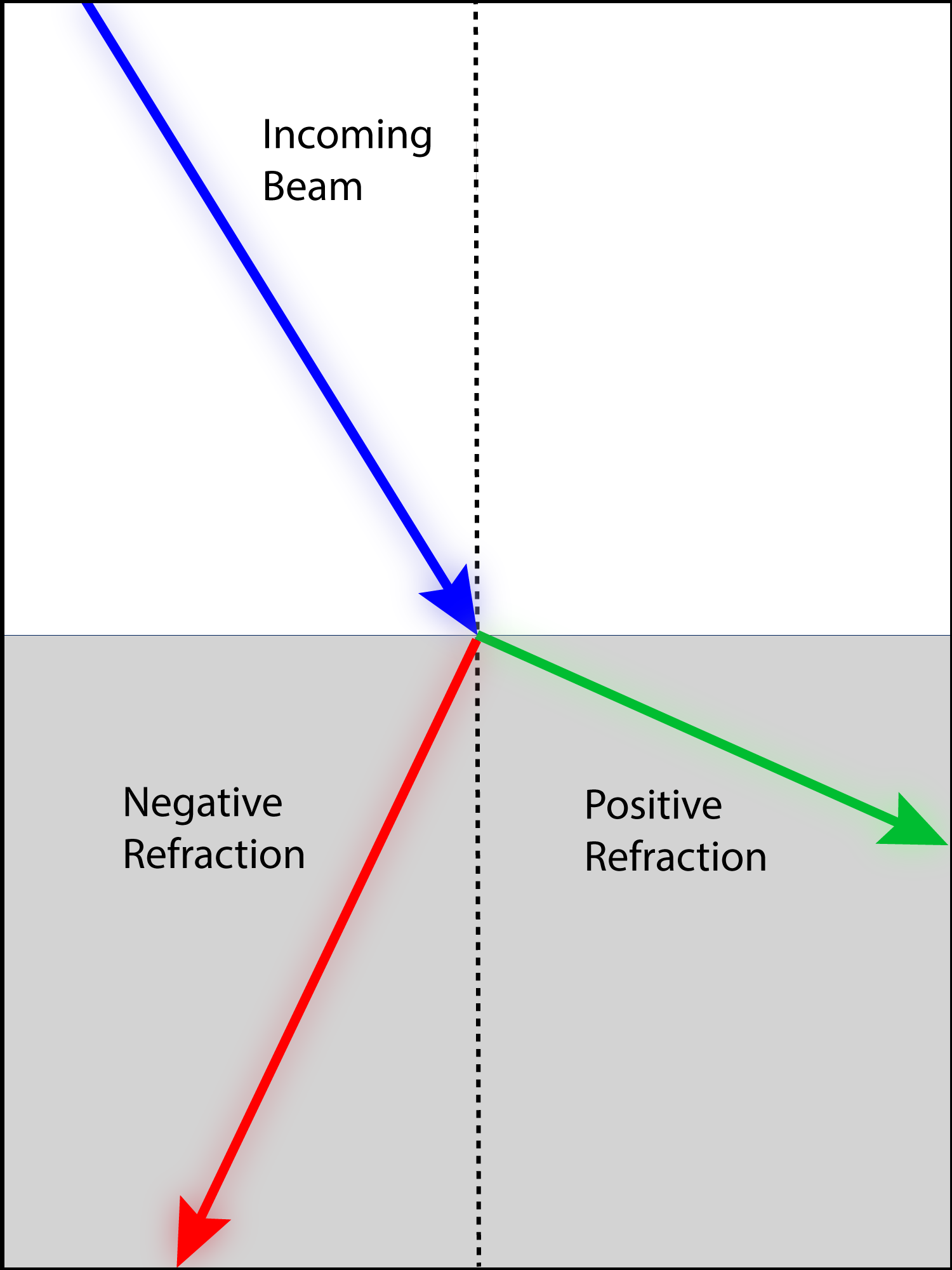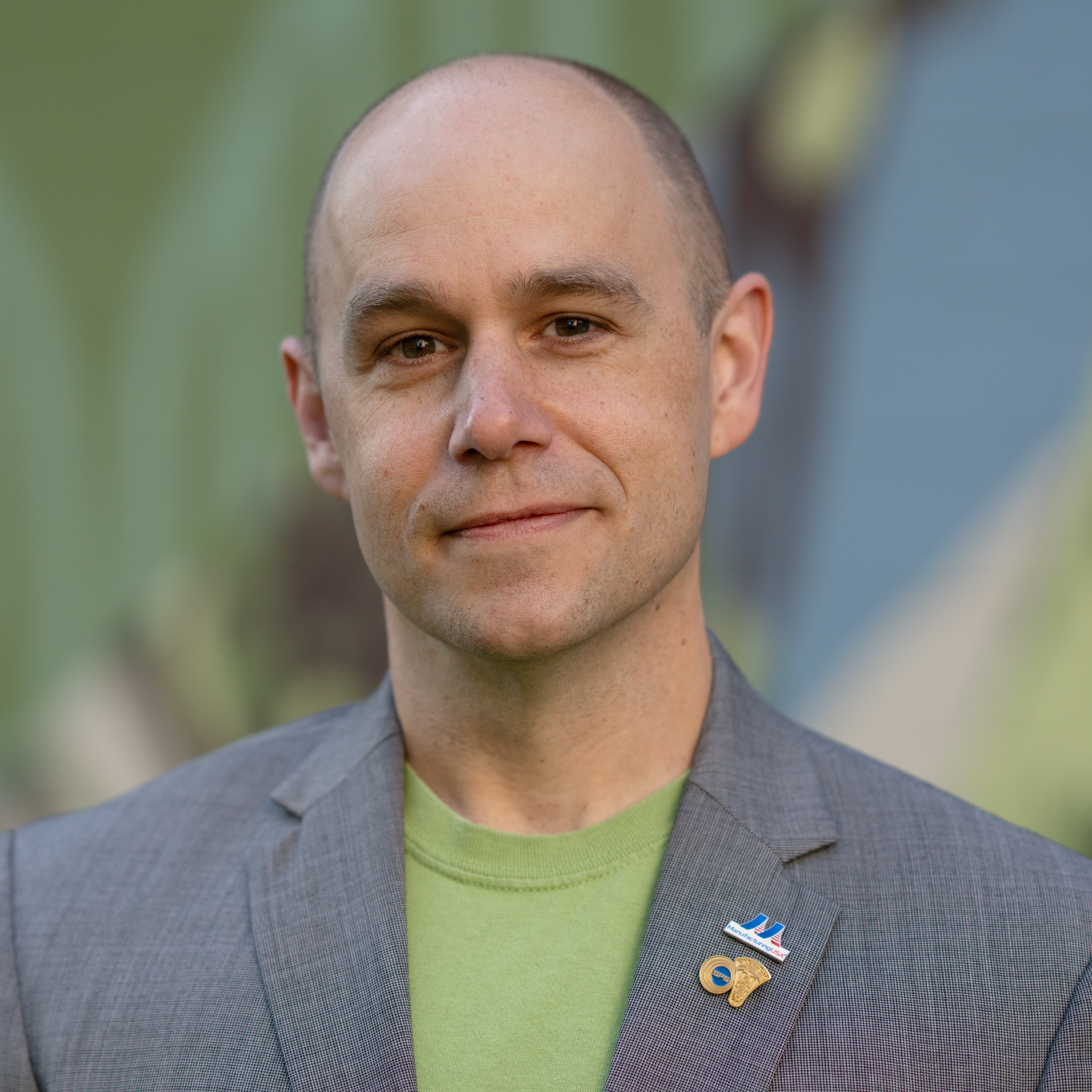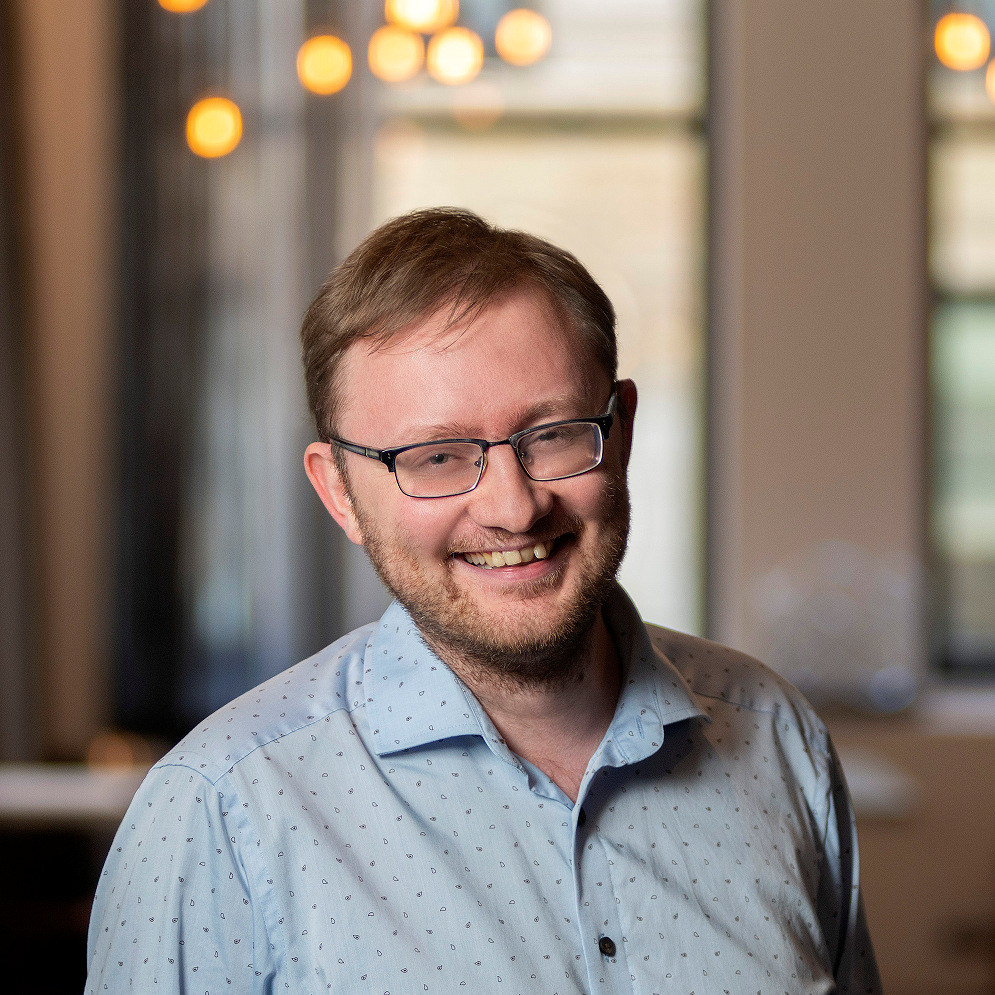Solving the Mystery of the Stinky Vapor Plumes on Campus
- Details
- Category: Department News
- Published: Monday, February 26 2024 09:24
Billowing white columns of vapor rise silently from sidewalks and manholes around the University of Maryland campus when it gets chilly. These mysterious plumes are sometimes accompanied by a strange odor or a lingering warmth. Like ghosts, the hazy wisps seem to come and go without much explanation. But what’s the cause of this foggy, strange smelling campuswide phenomenon and where is it coming from?
“It’s definitely not intentional or desirable,” said UMD Physics Professor Daniel Lathrop. “You’re not supposed to see or smell it at all. In fact, it’s just one component of a much bigger problem. This visible vapor is a sign that our underground utilities infrastructure is aging and inadvertently helping to cause water and heat waste across our campus.” Dan Lathrop. Credit: Georgia Jiang
Dan Lathrop. Credit: Georgia Jiang
Like a leaky pipe, this leaking vapor can cause serious problems including infrastructure damage, energy waste and pollution to the natural areas surrounding UMD.
The university’s infrastructure—some of which dates back over 150 years—naturally deteriorated over time. That includes the decades-old tri-generation energy system that the majority of the campus runs on today.
“Our current energy generation system was installed in 1999. It heats, cools and powers over 250 campus buildings,” explained Lathrop, who also holds joint appointments in the Departments of Geology and Physics, the Institute for Physical Science and Technology, and the Institute for Research in Electronics and Applied Physics. “A natural gas-fired turbine generates most of the electricity we use and the heat that this turbine produces is recaptured to produce steam, which produces additional electric power. The steam is then also used to heat and cool our buildings.”
Gregg Garbesi, assistant director of utilities and energy management at UMD’s Facilities Management, says the visible vapor comes when liquid (like groundwater, city water leaks, stormwater leaks, etc.) physically contacts the underground steam line. He compares the campus’ visible vapor to steam caused by pouring cold water into a hot pan on a stove. He explains that the odd smells accompanying the vapor occur when organic materials come into contact with the leaked vapor, which is generated underground or in a steam manhole.
According to Garbesi, seeing these vapor plumes signals energy loss.
“For every pound of vapor generated, a pound of steam is condensed in the steam pipes,” he said. “All the energy that went into making that pound of steam—which could have been used to power campus—is lost, and if 100% of the condensate doesn’t return to the energy plant, that water is also lost.”
“We’re wasting about a million gallons of water a day now,” Lathrop added. “The loss in 2019 alone is estimated to be 700 million gallons, costing us an estimated $4 to $6 million a year. And that’s just the financial price tag that we know about.”
That’s why Lathrop is leading a multidepartment, cross-disciplinary Grand Challenges team that aims to map and pinpoint locations where steam is being lost and get a better look at challenges with energy consumption, water quality, methane emissions and air quality on UMD’s campus. With colleagues and students from the Departments of Geology, Atmospheric and Oceanic Science, Geographical Sciences, and Environmental Science and Technology, Lathrop hopes to tackle these interrelated issues by pinpointing the biggest problems and providing concrete solutions.
“Methane emissions, carbon dioxide emissions and pipeline water loss from our campus play a big role in stream water and air contamination nearby,” he said. “It’s our goal to measure these impacts and figure out how we can remediate these challenges to reduce our campus’ climate footprint and improve the environment here.”
Diagnosing and treating an aging energy system
When Lathrop began this project in spring 2023, his first step was to work with Facilities Management to learn more about the campus’ utilities-related challenges, particularly the steam issues caused by underground pipelines. He soon realized that his ongoing U.S. National Science Foundation-funded research—to develop sensors capable of detecting geophysical anomalies—could play a key part in this new project.
“My lab was originally developing geophysical sensors to look for landmines and unexploded ordnance, but we recognized that this same system could be used to find buried utilities,” Lathrop explained, referring to a project that was named a UMD Invention of the Year in May 2022.
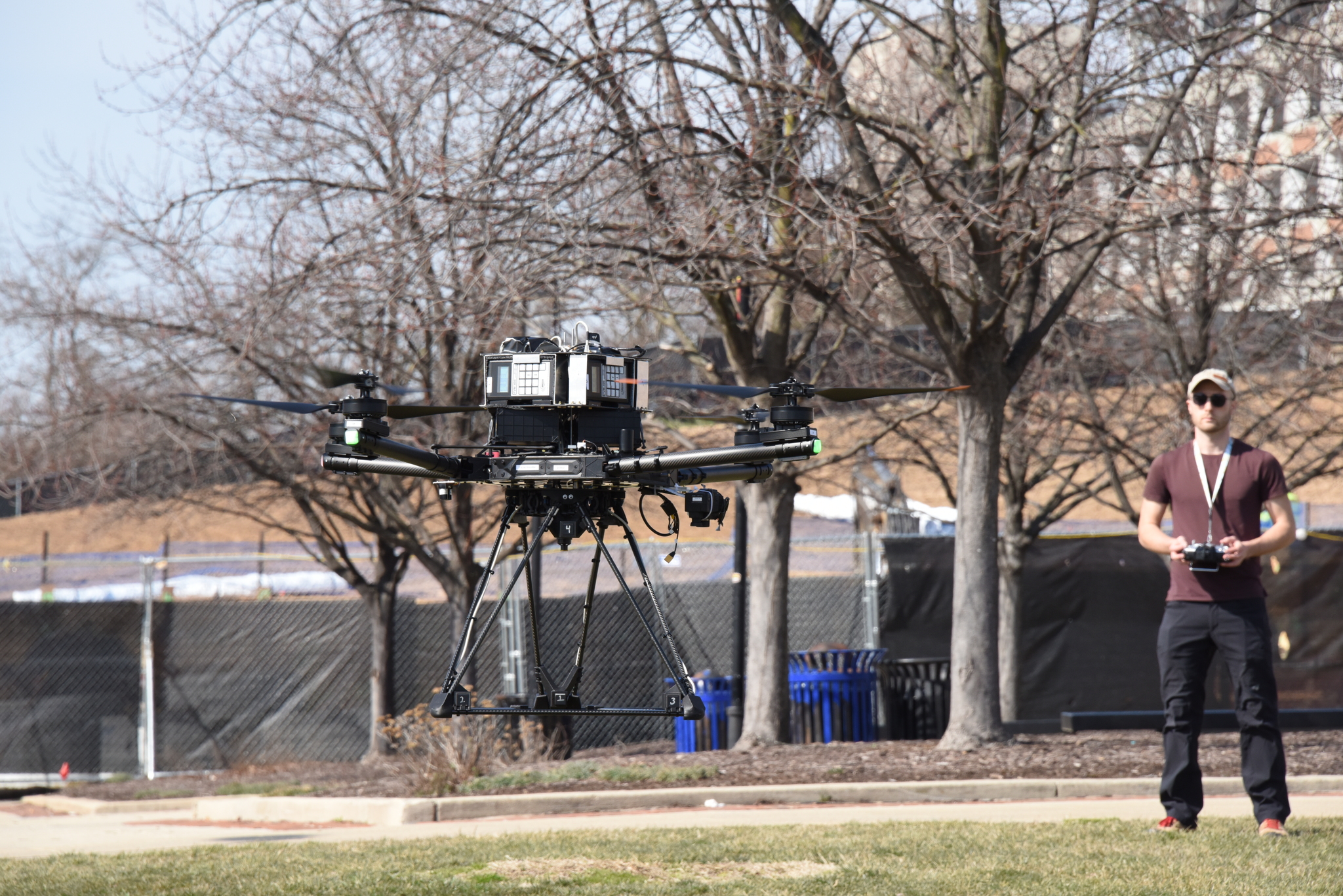 Licensed drone pilot and physics senior Meyer Taffel is test-flying a drone over campus to magnetically map UMD's underground utilities. Credit: Dan LathropUsing these sensors and historic infrastructure blueprints provided by Facilities Management, Lathrop and his team sketched out an extensive map of steam-emitting sources on campus. They concluded that UMD’s energy system had at least 55 active steam vents.
Licensed drone pilot and physics senior Meyer Taffel is test-flying a drone over campus to magnetically map UMD's underground utilities. Credit: Dan LathropUsing these sensors and historic infrastructure blueprints provided by Facilities Management, Lathrop and his team sketched out an extensive map of steam-emitting sources on campus. They concluded that UMD’s energy system had at least 55 active steam vents.
A group of undergraduate physics majors taking Lathrop’s PHYS 499X class added to those findings when they hand-built a calorimeter (an instrument that measures heat from chemical and physical reactions) in fall 2023 as a course project.
The students used the calorimeter to identify dozens of campus hot spots and learned that some of these accidental vents lost more than 60 kilowatts of heat energy via escaped condensation. For reference, a standard incandescent light bulb uses about 60 watts of electricity on average—meaning that the steam and heat leaking from some of these vents could power approximately 1,000 of those light bulbs.
Lathrop estimates that this loss alone could equate to approximately $50,000 per year but he believes that identifying and analyzing the factors that led to the hot spots was invaluable.
“This is a team effort and having everyone on the same page can really make a difference when it comes to fixing things on campus and allocating resources appropriately. Our work has already started to help the university identify and patch sites on campus with water leaks,” he said. “We were able to prevent local building damage and protect students, staff and faculty from potential safety hazards.”
Putting together pieces of a bigger puzzle
Other members of the Grand Challenges project team are also on the ground looking for ways to locate and address the campus’ interconnected water and air quality problems.
Geology graduate student Julia Famiglietti and Geology Chair and Professor James Farquhar tracked gas leaks on campus through the sewer system to create a methane inventory (list of methane sources and sinks). They identified a contamination source underground that they suspect is related to the aging steam system.
“We think that the contamination has something to do with steam additives accidentally coming into contact with and reacting to methane,” explained Famiglietti, who sampled the air in campus sewers at least once a month to determine the composition of gases found in emissions. “We’re focusing on understanding the chemistry behind this contamination signature and directly discussing with the steam plant management personnel how to address the problem.”
Geology Associate Professor Karen Prestegaard and Professor Sujay Kaushal found similar results while working with student groups to monitor the water quality of streams and storm drains. They discovered that water discharging from steam vents into storm drains had noticeably higher pH values and higher salt contamination than natural rainwater—potentially encrusting pipes with buildup and impacting wildlife in the Paint Branch waterways.
Other efforts to gather and analyze the researchers’ environmental data include Project Greenhouse, in which First-Year Innovation & Research Experience (FIRE) undergraduates are drafting a sustainable methane budget for UMD.
Lathrop hopes that this multiyear campuswide team effort will help UMD reduce water and steam waste (and the associated environmental and fiscal costs) by 30% by the end of the project in June 2026. He believes this project can serve as a model for other research efforts to analyze similar urban environmental impacts for cities or large organizations like universities.
“Our campus is a microcosm of urban and suburban environmental impacts, so evaluating UMD’s impact on the environment leads to a better understanding of how humans impact climate on a local, national and global level,” Lathrop said. “We’re all doing our part to protect our campus and the people living and working here.”
Written by Georgia Jiang
Other UMD faculty members involved in the Remediation of Methane, Water, and Heat Waste Grand Challenges project include Atmospheric and Oceanic Science Professor Russell Dickerson, Environmental Science and Technology Associate Professor Stephanie Yarwood, FIRE Assistant Clinical Professor Danielle Niu, Geographical Sciences Assistant Professor Yiqun Xie, and Geology Professors Michael Evans and Vedran Lekic.
